Home>Gardening & Outdoor>Plant Care & Gardening Tips>How Many Michigan Native Plant Species Are Found In Michigan Wetlands?
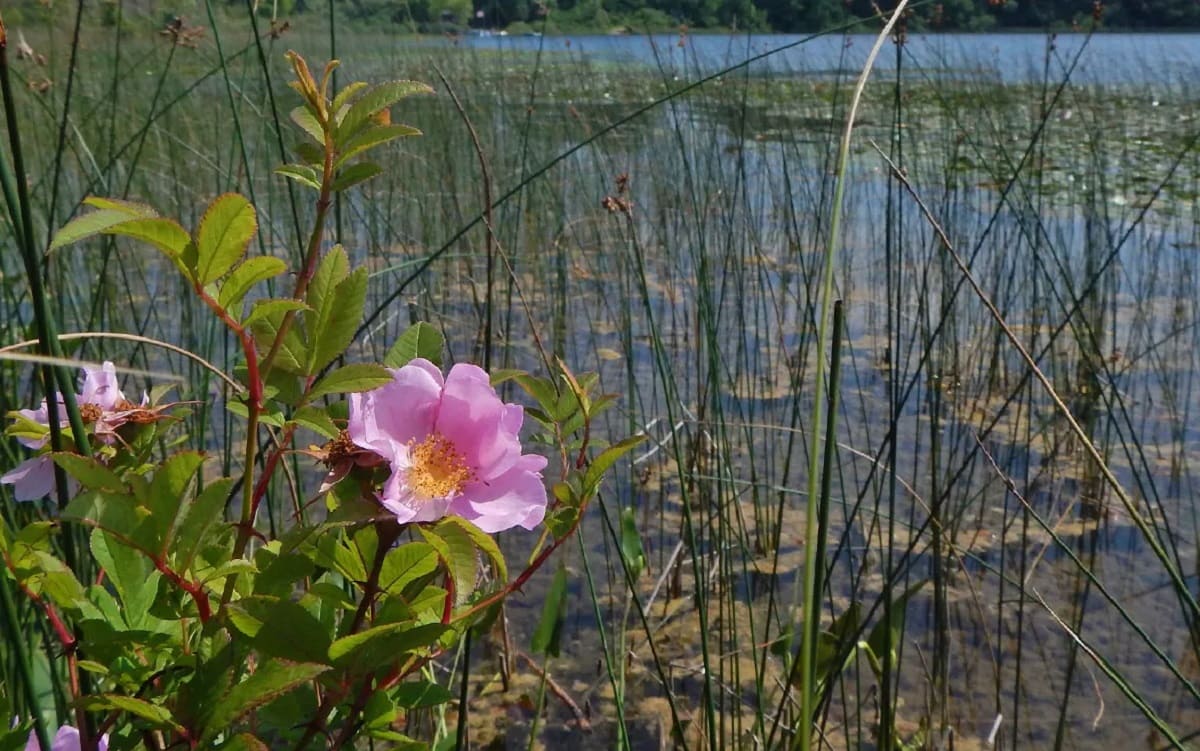

Plant Care & Gardening Tips
How Many Michigan Native Plant Species Are Found In Michigan Wetlands?
Modified: January 4, 2024
Discover the diverse array of Michigan native plant species thriving in wetlands. Get expert plant care and gardening tips for a flourishing garden. Explore now!
(Many of the links in this article redirect to a specific reviewed product. Your purchase of these products through affiliate links helps to generate commission for Storables.com, at no extra cost. Learn more)
**
Introduction
**
Welcome to the fascinating world of Michigan wetlands! These unique ecosystems are home to a diverse array of plant species, each playing a crucial role in the delicate balance of these natural environments. In this article, we will delve into the rich tapestry of native plant species that grace Michigan's wetlands, exploring their significance and the methods used to identify them.
Michigan's wetlands are a vital part of the state's natural heritage, serving as havens for a wide variety of plant life. The presence of native plant species in these wetlands not only contributes to the region's biodiversity but also plays a pivotal role in maintaining the overall health and stability of these ecosystems.
As we embark on this exploration, we will discover the methods employed to identify native plant species in Michigan wetlands and delve into the intriguing results that have been uncovered. By shedding light on the presence of native plant species in these wetlands, we aim to deepen our understanding of their ecological importance and the implications for conservation efforts.
Join us on this enlightening journey as we uncover the wonders of Michigan's wetlands and gain a newfound appreciation for the native plant species that call these environments home.
**
Key Takeaways:
- Michigan’s wetlands are home to diverse native plant species, crucial for biodiversity, soil stability, and water purification. Conservation efforts are vital for preserving these valuable ecosystems.
- Researchers use field surveys, DNA analysis, and collaboration with indigenous communities to identify and protect Michigan’s native plant species. Understanding and preserving these plants is essential for the well-being of the region.
Importance of Native Plant Species in Michigan Wetlands
Native plant species in Michigan wetlands play a pivotal role in preserving the ecological balance and supporting the overall health of these unique ecosystems. Their significance extends far beyond mere aesthetics, encompassing crucial ecological functions that contribute to the well-being of the wetlands and the myriad organisms that depend on them.
One of the primary roles of native plant species is their contribution to the biodiversity of Michigan wetlands. These plants provide essential habitats and food sources for a wide range of wildlife, including birds, mammals, amphibians, and insects. The intricate web of interactions between native plants and wildlife fosters a thriving ecosystem, ensuring the survival of numerous species and maintaining the delicate balance of the wetlands.
Furthermore, native plant species are adept at stabilizing the soil and preventing erosion in Michigan wetlands. Their intricate root systems help bind the soil together, reducing the risk of sediment runoff and maintaining the structural integrity of the wetland environment. This not only protects the wetlands themselves but also safeguards the water quality of surrounding bodies of water, making a significant contribution to the overall health of the watershed.
Another crucial aspect of native plant species in Michigan wetlands is their role in nutrient cycling and water purification. These plants are adept at filtering pollutants and excess nutrients from the water, thereby enhancing water quality and ensuring the sustainability of the wetland ecosystem. Additionally, they contribute to the cycling of nutrients, playing a vital part in the overall functioning of the wetlands’ nutrient cycles.
By preserving the genetic diversity of native plant species, Michigan wetlands also serve as repositories of valuable genetic resources. This diversity not only supports the resilience of the wetland ecosystems in the face of environmental changes but also holds potential for future scientific and agricultural advancements.
Overall, the presence of native plant species in Michigan wetlands is integral to the preservation of these vital ecosystems. Their multifaceted contributions underscore the importance of conserving and protecting these plants, thereby ensuring the continued health and sustainability of Michigan’s wetlands.
**
Methods for Identifying Native Plant Species
**
Identifying native plant species in Michigan wetlands requires a careful and systematic approach, drawing upon a variety of methods and resources to accurately discern the diverse array of plants that inhabit these ecosystems. The following methods are commonly employed by researchers and conservationists to identify native plant species in Michigan wetlands:
-
Field Surveys: Field surveys form the cornerstone of identifying native plant species in Michigan wetlands. Researchers venture into the wetlands, equipped with field guides, botanical keys, and GPS devices, to systematically document the plant species present in the area. By meticulously observing and recording the characteristics of the plants, such as leaf shape, flower structure, and growth habit, researchers can begin to identify the native plant species that thrive in these environments.
-
Herbarium Specimens: Herbarium specimens serve as invaluable references for identifying native plant species. These carefully preserved and documented plant specimens provide researchers with tangible examples of various plant species, enabling them to compare and contrast the characteristics of plants found in the wetlands with known specimens. This aids in the accurate identification of native plant species and contributes to the overall body of knowledge regarding the flora of Michigan wetlands.
-
DNA Analysis: In recent years, DNA analysis has emerged as a powerful tool for identifying native plant species. By analyzing the genetic material of plant samples collected from Michigan wetlands, researchers can gain insights into the evolutionary relationships between different plant species and verify the native status of specific plants. This molecular approach complements traditional methods of plant identification, offering a deeper understanding of the genetic diversity present in these ecosystems.
-
Collaboration with Indigenous Communities: Collaborating with indigenous communities can provide valuable cultural and ecological insights into native plant species in Michigan wetlands. Indigenous knowledge and traditional ecological practices offer a unique perspective on the identification and uses of native plants, enriching the overall understanding of the plant species found in these ecosystems.
-
Remote Sensing Techniques: Remote sensing techniques, such as satellite imagery and aerial surveys, offer a broader perspective on the distribution and abundance of native plant species in Michigan wetlands. These high-tech methods provide valuable data for mapping the spatial patterns of plant communities and monitoring changes in vegetation over time, contributing to a comprehensive understanding of the native flora in these ecosystems.
By employing a combination of these methods, researchers and conservationists can effectively identify and document the rich diversity of native plant species that grace Michigan's wetlands, contributing to conservation efforts and the sustainable management of these vital ecosystems.
**
Michigan is home to over 2,500 native plant species, and many of them can be found in wetland habitats. To find out the exact number, you can refer to the Michigan Department of Natural Resources or the Michigan Natural Features Inventory.
Results of Native Plant Species in Michigan Wetlands
The exploration of Michigan wetlands has yielded a wealth of insights into the diverse array of native plant species that thrive in these unique ecosystems. Through rigorous field surveys, herbarium analyses, DNA studies, and collaboration with indigenous communities, researchers have uncovered a rich tapestry of native plant species, each contributing to the ecological tapestry of Michigan’s wetlands.
The results of these endeavors have revealed an astounding diversity of native plant species, ranging from iconic wetland plants like cattails and water lilies to lesser-known species that play equally vital roles in these environments. The presence of species such as the marsh marigold (Caltha palustris), blue flag iris (Iris virginica), and swamp milkweed (Asclepias incarnata) underscores the botanical richness of Michigan’s wetlands, providing essential habitats and resources for a myriad of wildlife.
Furthermore, DNA analyses have offered fascinating insights into the genetic diversity and evolutionary relationships of native plant species in Michigan wetlands. By unraveling the genetic signatures of these plants, researchers have gained a deeper understanding of their adaptations to wetland environments and their interconnectedness within the broader ecosystem.
Collaboration with indigenous communities has enriched the results by incorporating traditional ecological knowledge and cultural perspectives into the identification of native plant species. This collaborative approach has not only enhanced the accuracy of plant identification but has also fostered a deeper appreciation for the cultural significance of these plants within indigenous traditions.
Remote sensing techniques have provided valuable spatial data, enabling researchers to map the distribution and abundance of native plant species across Michigan’s wetlands. This comprehensive understanding of the spatial patterns of plant communities has shed light on the factors influencing the distribution of native plant species and has facilitated the monitoring of changes in vegetation over time.
Overall, the results of identifying native plant species in Michigan wetlands have unveiled a rich tapestry of botanical diversity, underscoring the vital role of these plants in maintaining the ecological integrity of these ecosystems. These findings serve as a foundation for conservation efforts, ensuring the preservation and sustainable management of Michigan’s wetlands and the native plant species that call them home.
**
Discussion on the Presence of Native Plant Species in Michigan Wetlands
The presence of native plant species in Michigan wetlands is a testament to the resilience and adaptability of these plants in thriving within these dynamic and ecologically significant environments. The discussion surrounding the presence of native plant species encompasses a multifaceted exploration of their ecological roles, conservation implications, and the broader significance of preserving these vital components of Michigan’s natural heritage.
One of the key focal points of this discussion is the intricate web of interactions between native plant species and the diverse array of wildlife that depend on them. Native plants provide essential habitats, food sources, and nesting sites for numerous species, contributing to the overall biodiversity and ecological richness of Michigan wetlands. Understanding and preserving these vital relationships is essential for the long-term sustainability of these ecosystems.
Furthermore, the discussion on the presence of native plant species in Michigan wetlands highlights the challenges and opportunities associated with their conservation. Pressing issues such as habitat loss, invasive species, and climate change underscore the urgency of safeguarding native plant species and their associated ecosystems. By recognizing the threats facing these plants and implementing strategic conservation measures, we can strive to ensure the continued presence and vitality of native plant species in Michigan wetlands.
Moreover, the cultural and aesthetic significance of native plant species in Michigan wetlands is an integral part of the discussion. These plants hold deep-rooted cultural importance for indigenous communities, serving as sources of traditional knowledge, medicinal resources, and spiritual connections to the land. Additionally, the aesthetic beauty of native plant species enriches the natural landscapes of Michigan’s wetlands, providing opportunities for recreation, education, and inspiration for all who encounter them.
Engaging in a dialogue about the presence of native plant species in Michigan wetlands also involves fostering public awareness and appreciation for these plants. By sharing the remarkable stories of these plants, their ecological contributions, and the importance of their conservation, we can inspire a collective commitment to preserving Michigan’s wetlands and the native plant species that define them.
Ultimately, the discussion on the presence of native plant species in Michigan wetlands serves as a call to action, urging stakeholders, researchers, conservationists, and the broader community to collaborate in safeguarding these invaluable components of Michigan’s natural heritage. By embracing the significance of native plant species and recognizing their intrinsic value, we can work towards a future where Michigan’s wetlands continue to flourish, teeming with the vibrant presence of native plant species for generations to come.
**
Conclusion and Implications
As we conclude our exploration of native plant species in Michigan wetlands, it becomes evident that these plants are not merely passive inhabitants of their environments but dynamic contributors to the ecological, cultural, and aesthetic tapestry of the region. The implications of understanding and preserving native plant species in Michigan wetlands extend far beyond the confines of these ecosystems, resonating with broader implications for conservation, ecological resilience, and human well-being.
First and foremost, the conservation of native plant species in Michigan wetlands holds profound implications for the overall health and resilience of these ecosystems. By safeguarding the diverse array of native plants and the intricate web of interactions they support, we can bolster the ecological integrity of the wetlands, ensuring their continued vitality and capacity to provide essential ecosystem services.
Furthermore, the implications of preserving native plant species extend to the broader landscape of biodiversity conservation. Michigan’s wetlands serve as vital refuges for numerous plant and animal species, and the conservation of native plants contributes to the preservation of these interconnected ecosystems, ultimately supporting the overall biodiversity and ecological balance of the region.
From a cultural perspective, the preservation of native plant species in Michigan wetlands has far-reaching implications for indigenous communities and the broader public. Recognizing and respecting the cultural significance of these plants fosters a deeper appreciation for traditional ecological knowledge, cultural heritage, and the intrinsic value of these plants in shaping the identity of the region.
Moreover, the implications of understanding and preserving native plant species in Michigan wetlands resonate with the broader context of climate change resilience and adaptation. Native plants are inherently adapted to the local environmental conditions, and their conservation can contribute to the resilience of these ecosystems in the face of environmental changes, serving as natural buffers against the impacts of climate change.
As we contemplate the implications of our exploration, it becomes clear that the preservation of native plant species in Michigan wetlands is not merely an ecological imperative but a profound commitment to the well-being of the region and its inhabitants. By embracing the implications of conserving these plants, we embark on a journey towards a future where Michigan’s wetlands thrive as vibrant, resilient, and culturally significant landscapes, enriched by the enduring presence of native plant species.
In conclusion, the implications of understanding and preserving native plant species in Michigan wetlands underscore the interconnectedness of ecological, cultural, and societal well-being, calling upon us to embrace a collective responsibility for the conservation and stewardship of these invaluable natural resources.
Frequently Asked Questions about How Many Michigan Native Plant Species Are Found In Michigan Wetlands?
Was this page helpful?
At Storables.com, we guarantee accurate and reliable information. Our content, validated by Expert Board Contributors, is crafted following stringent Editorial Policies. We're committed to providing you with well-researched, expert-backed insights for all your informational needs.
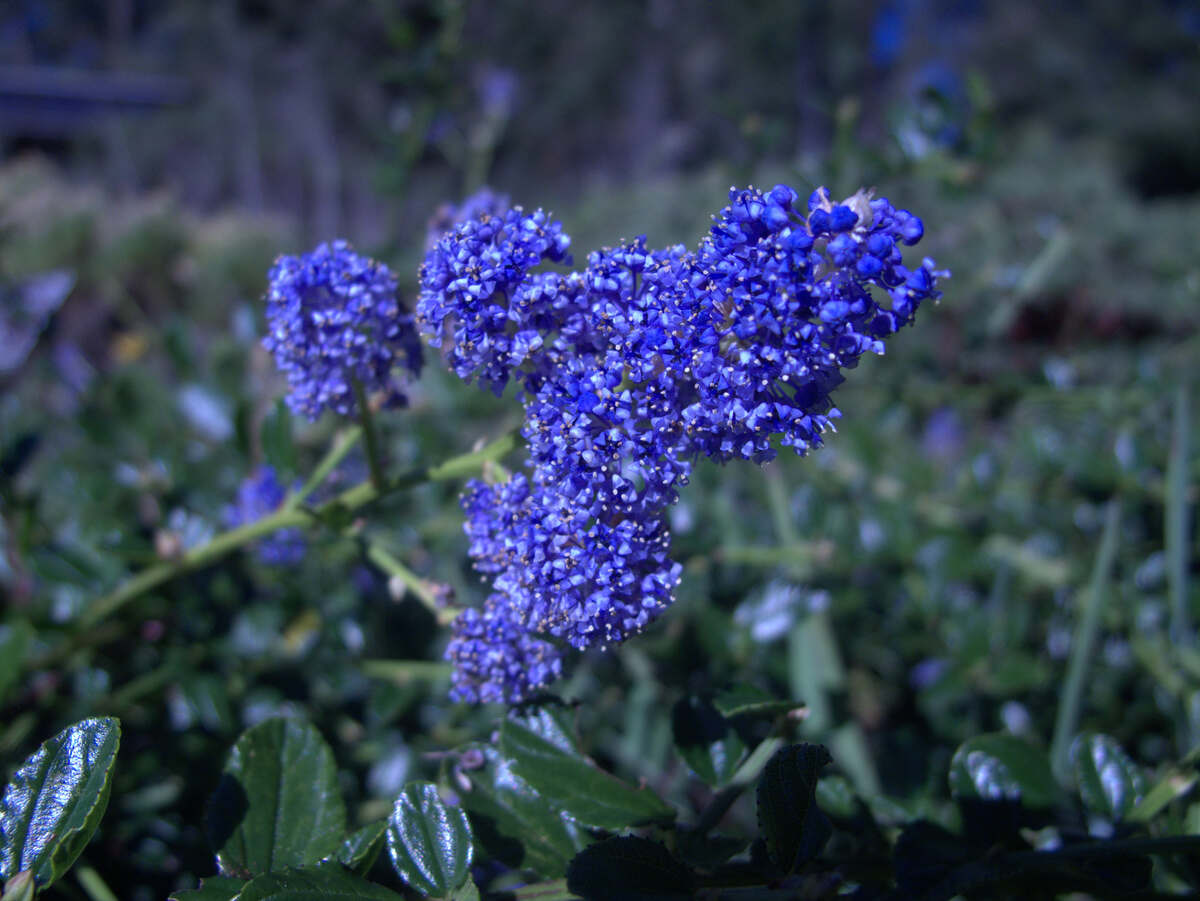
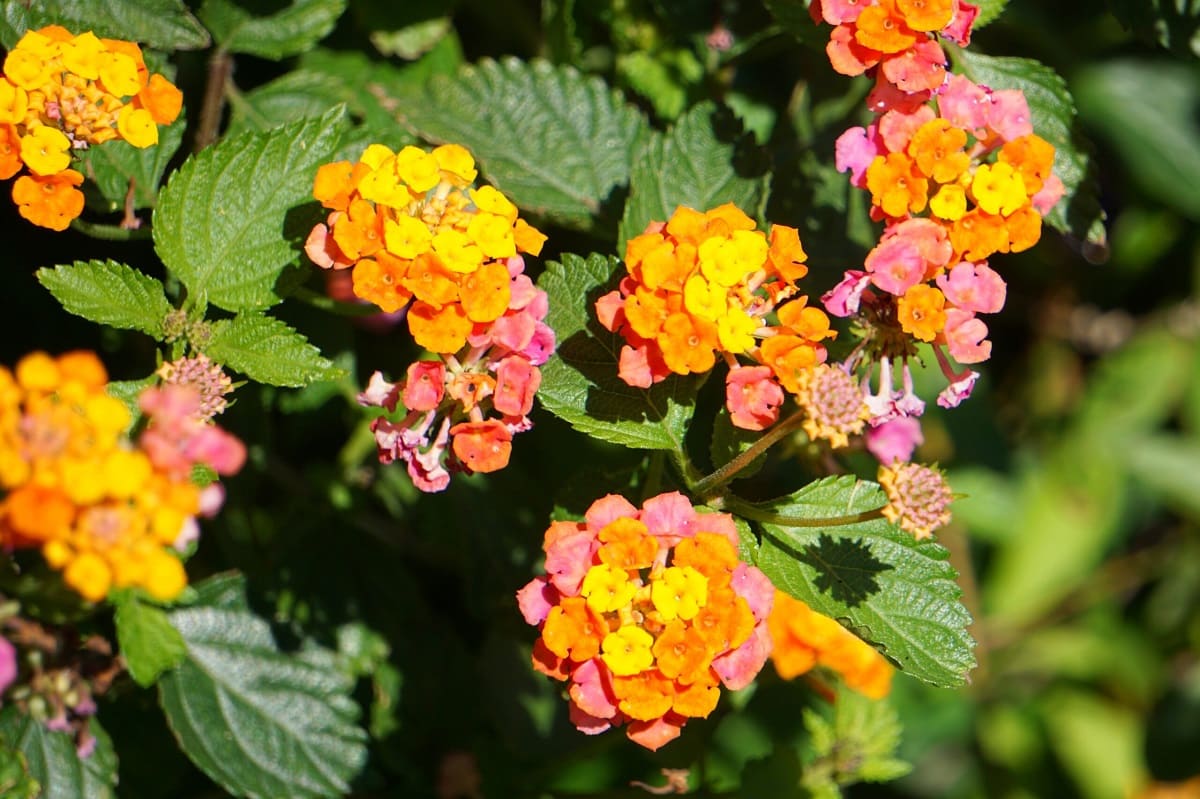
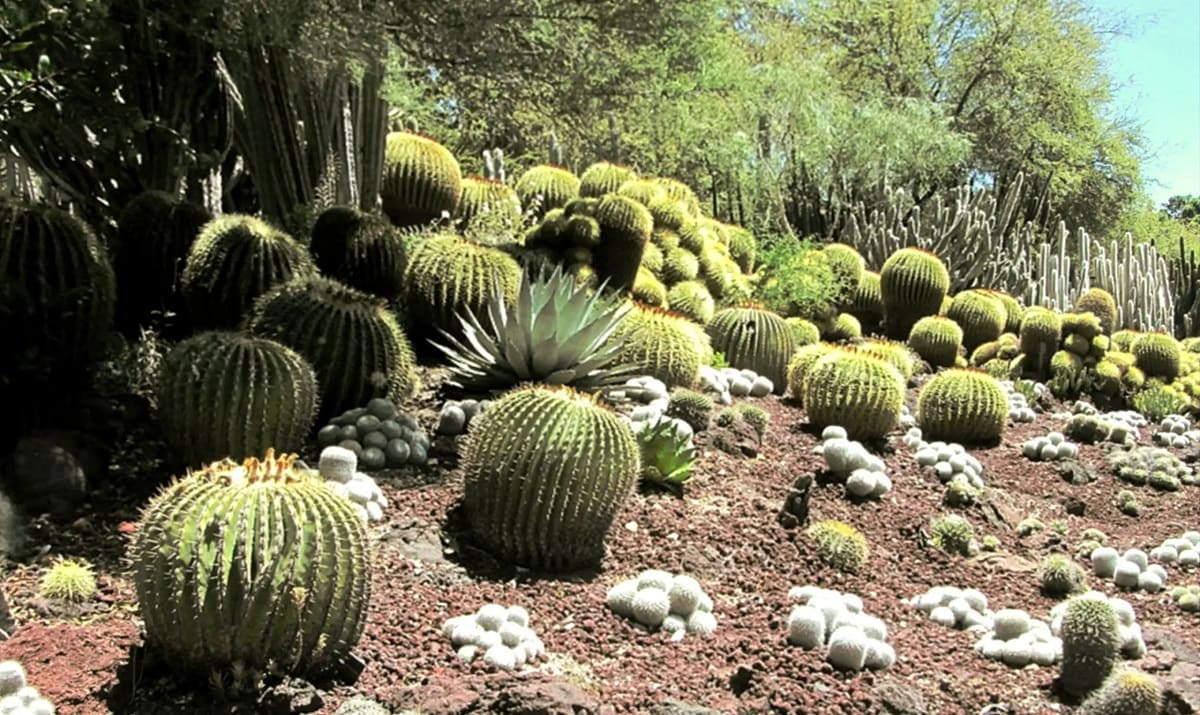
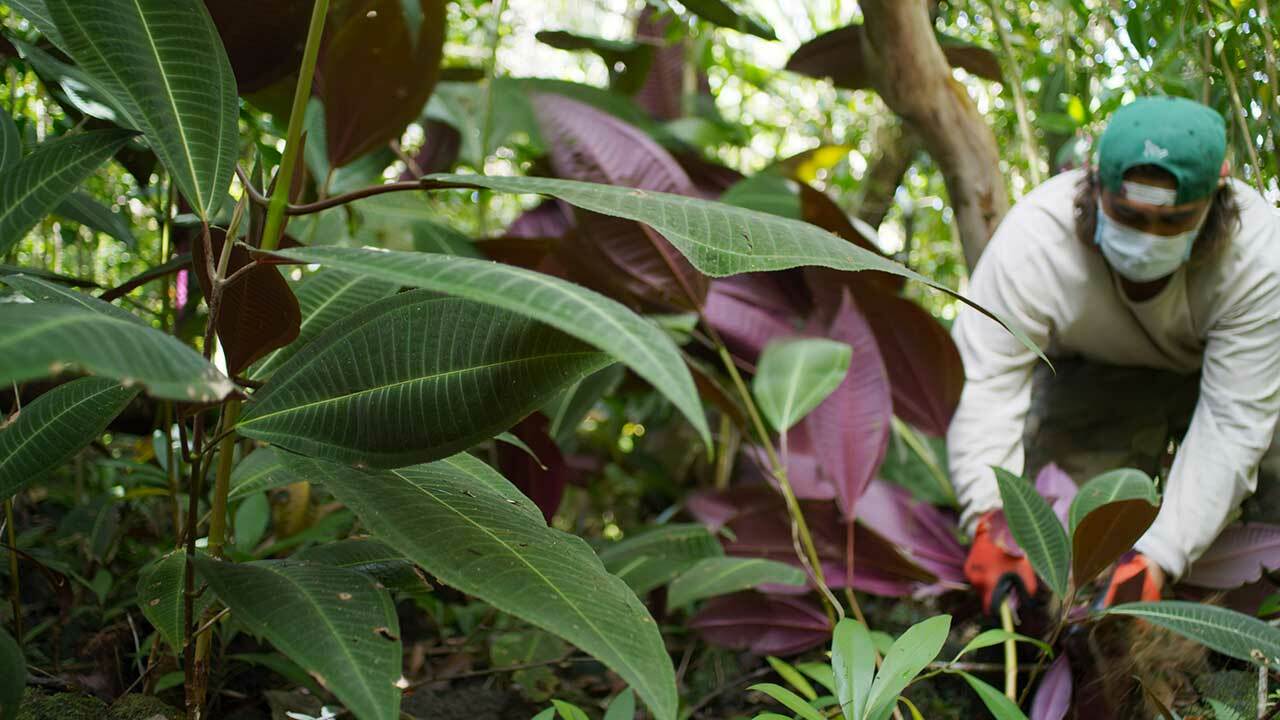

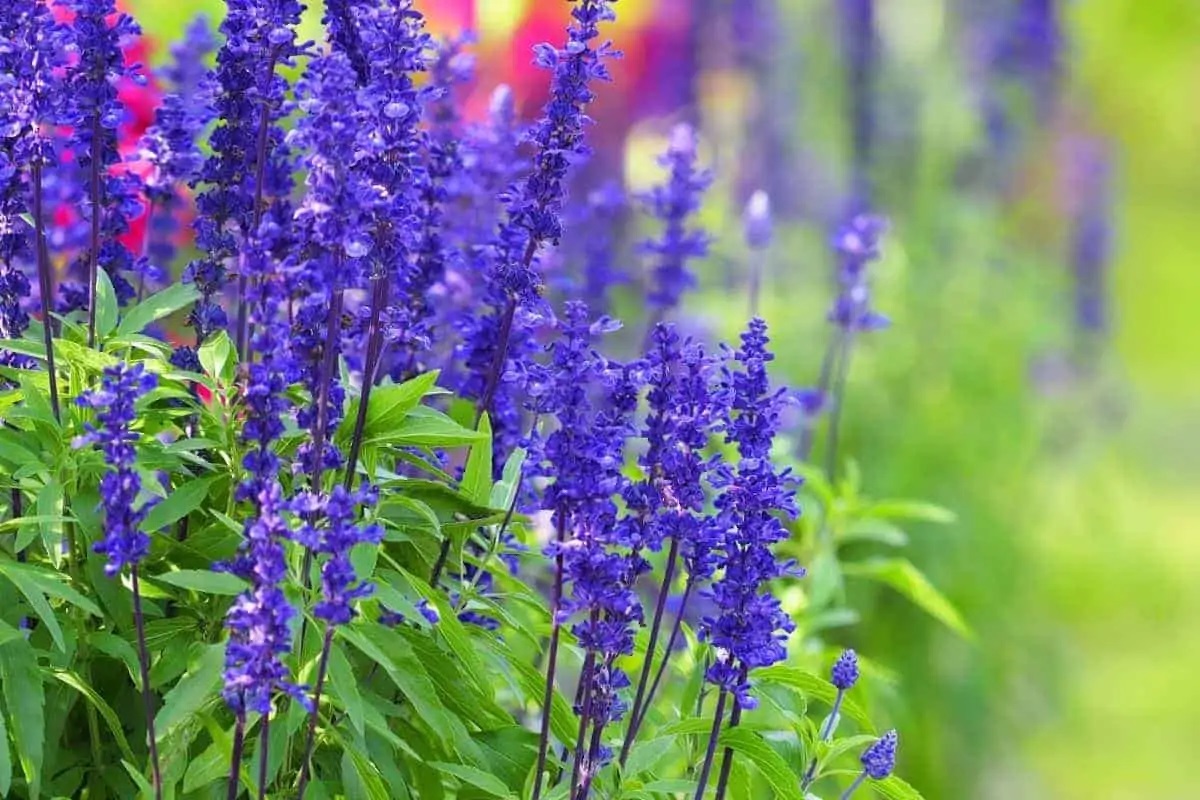
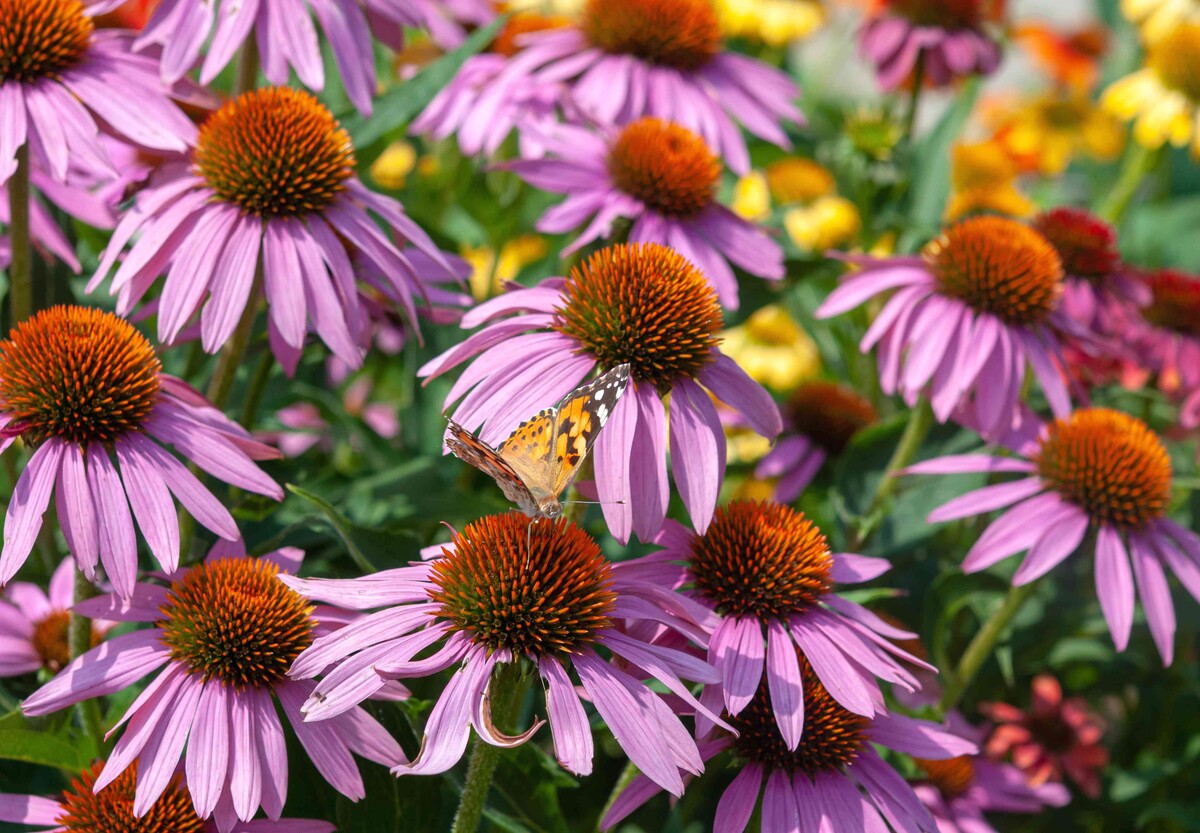
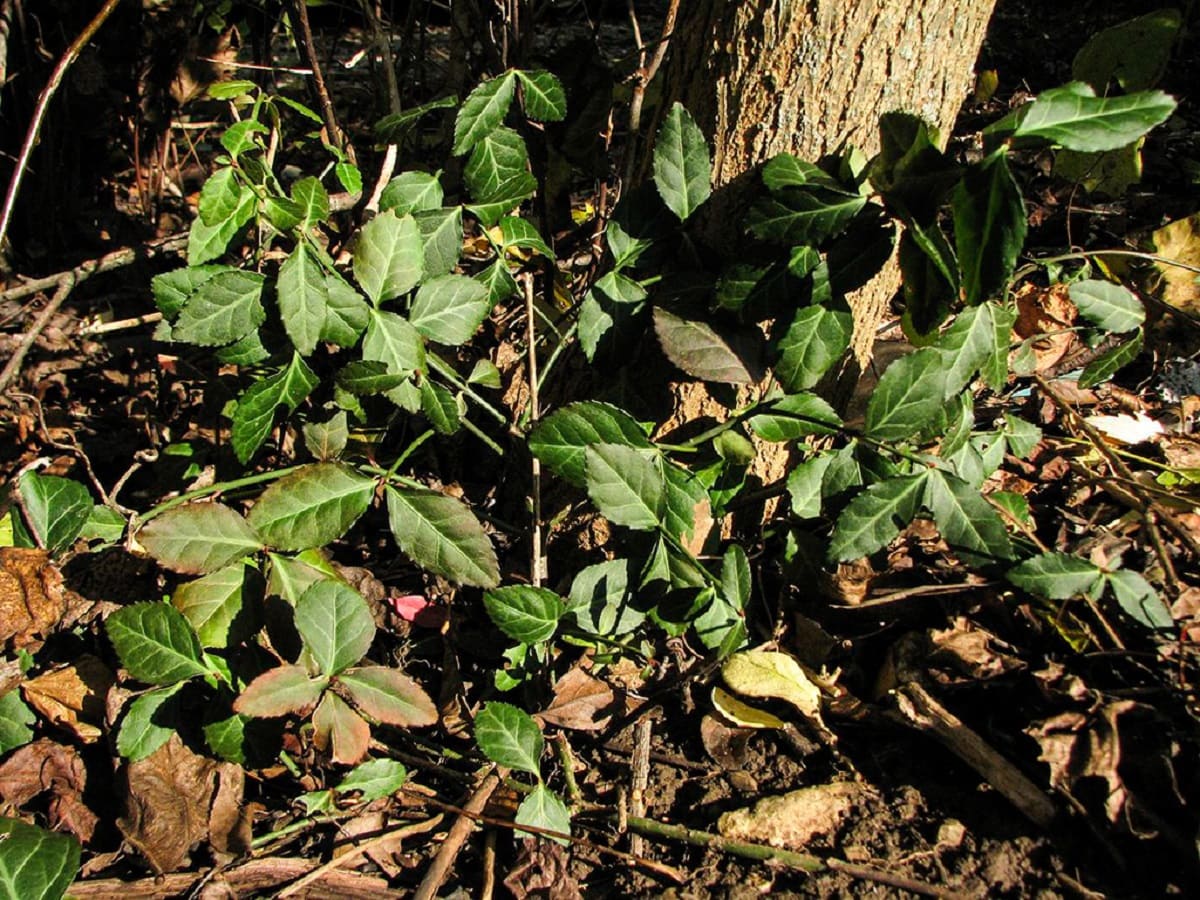
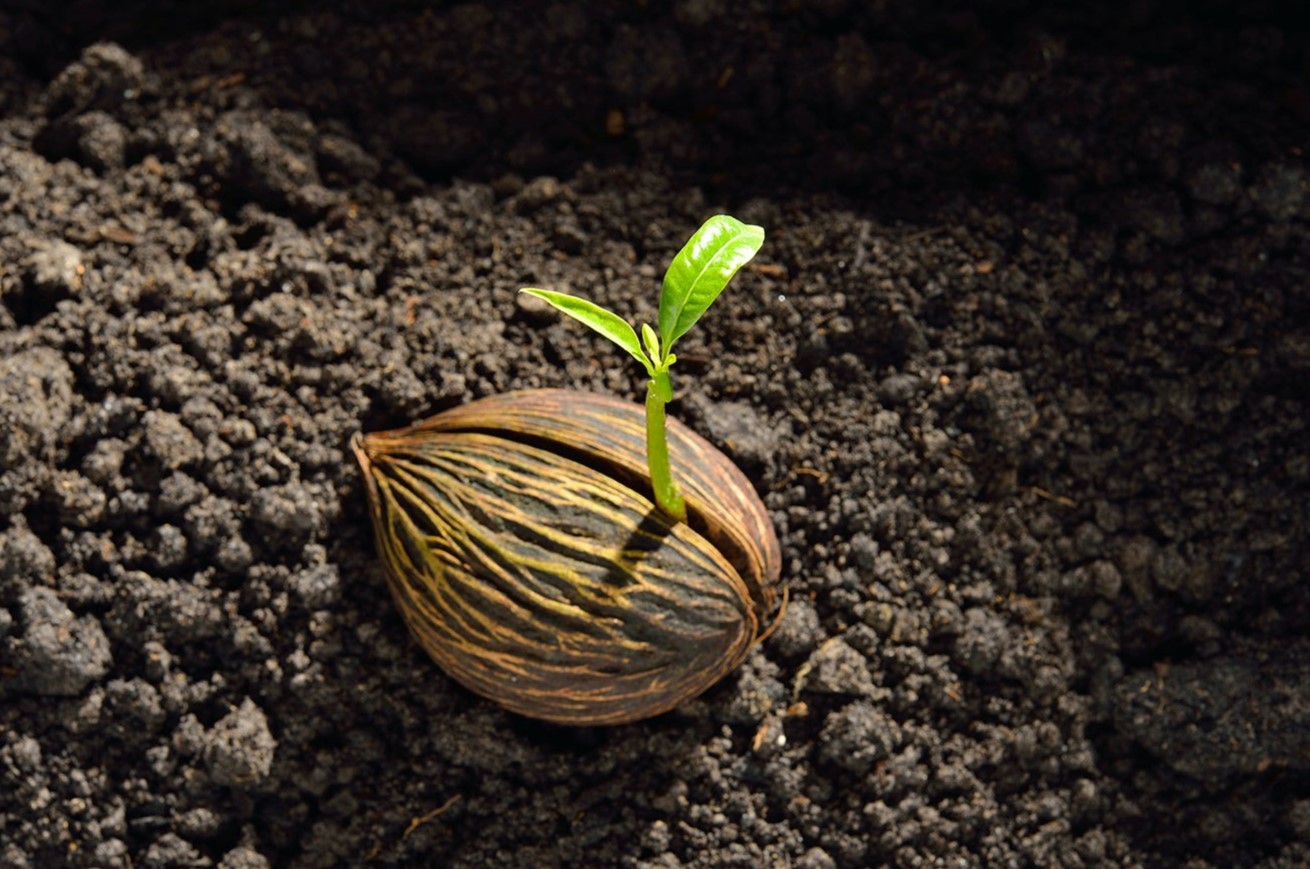
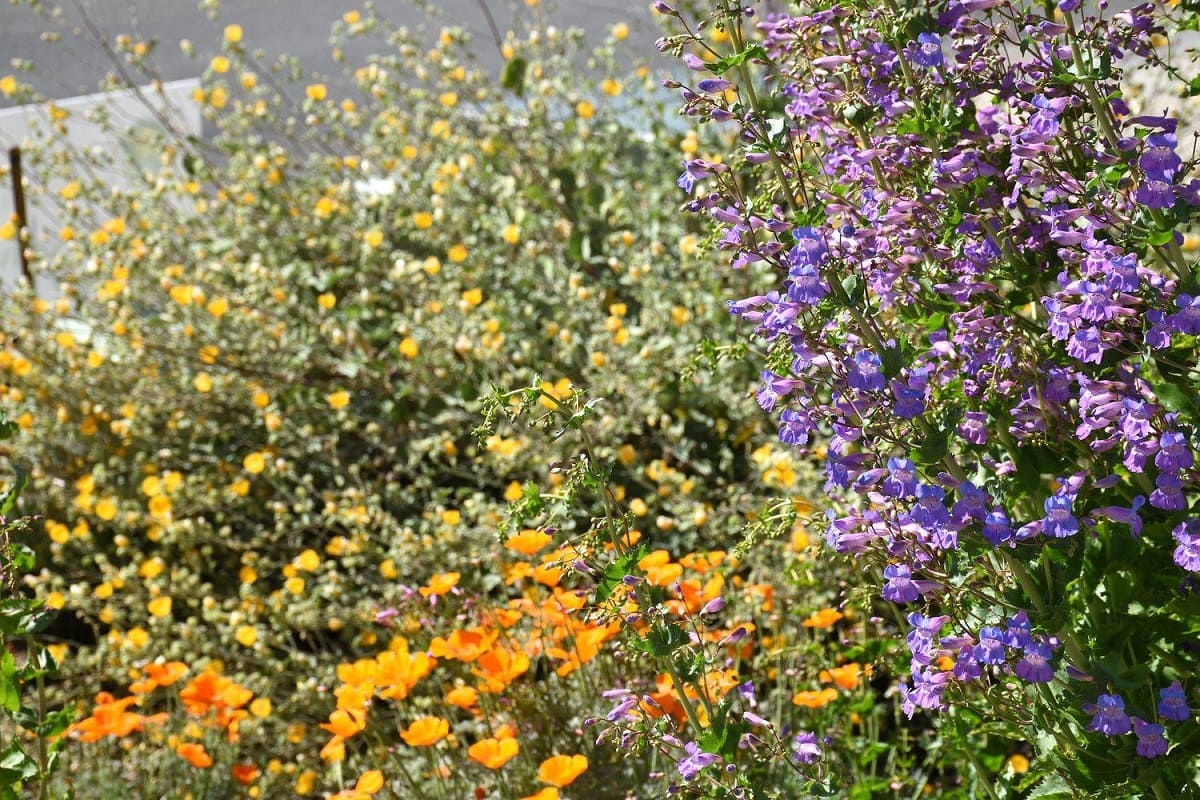

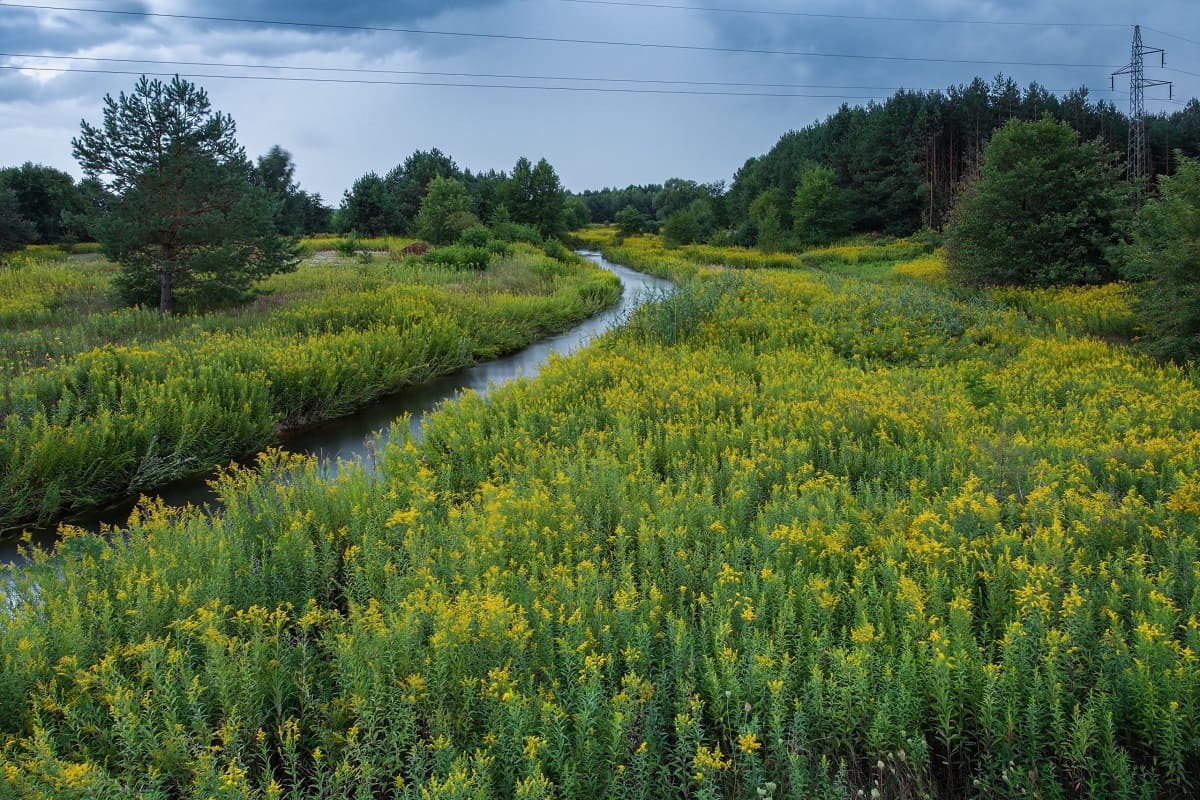
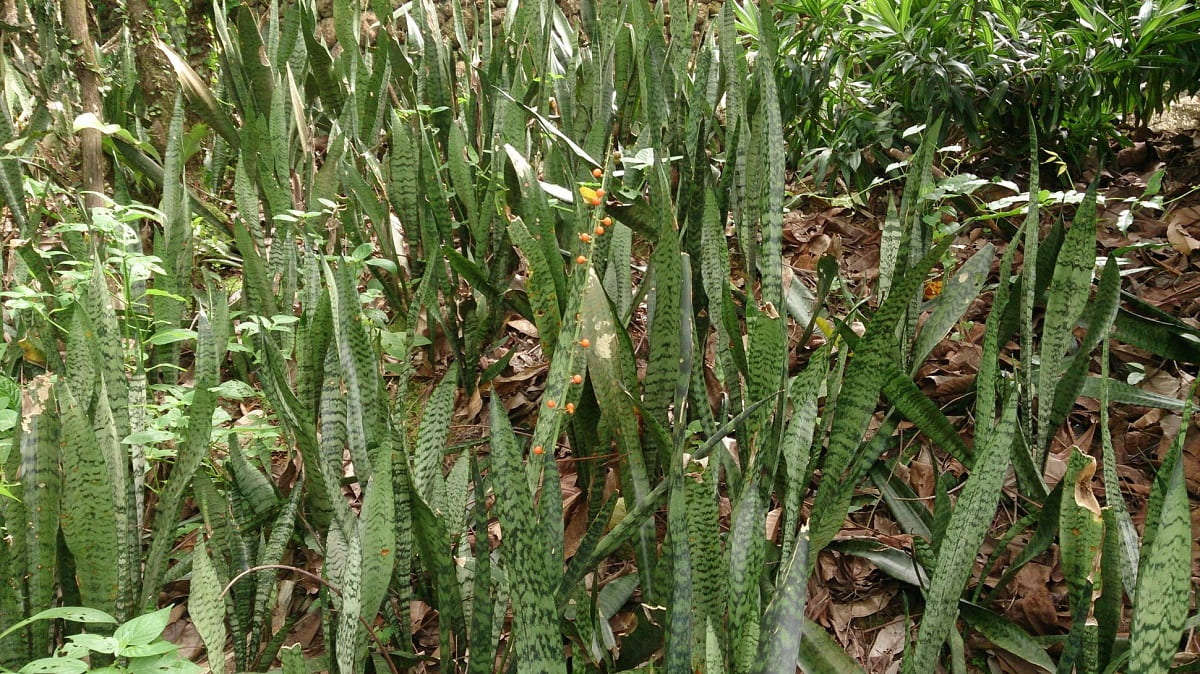
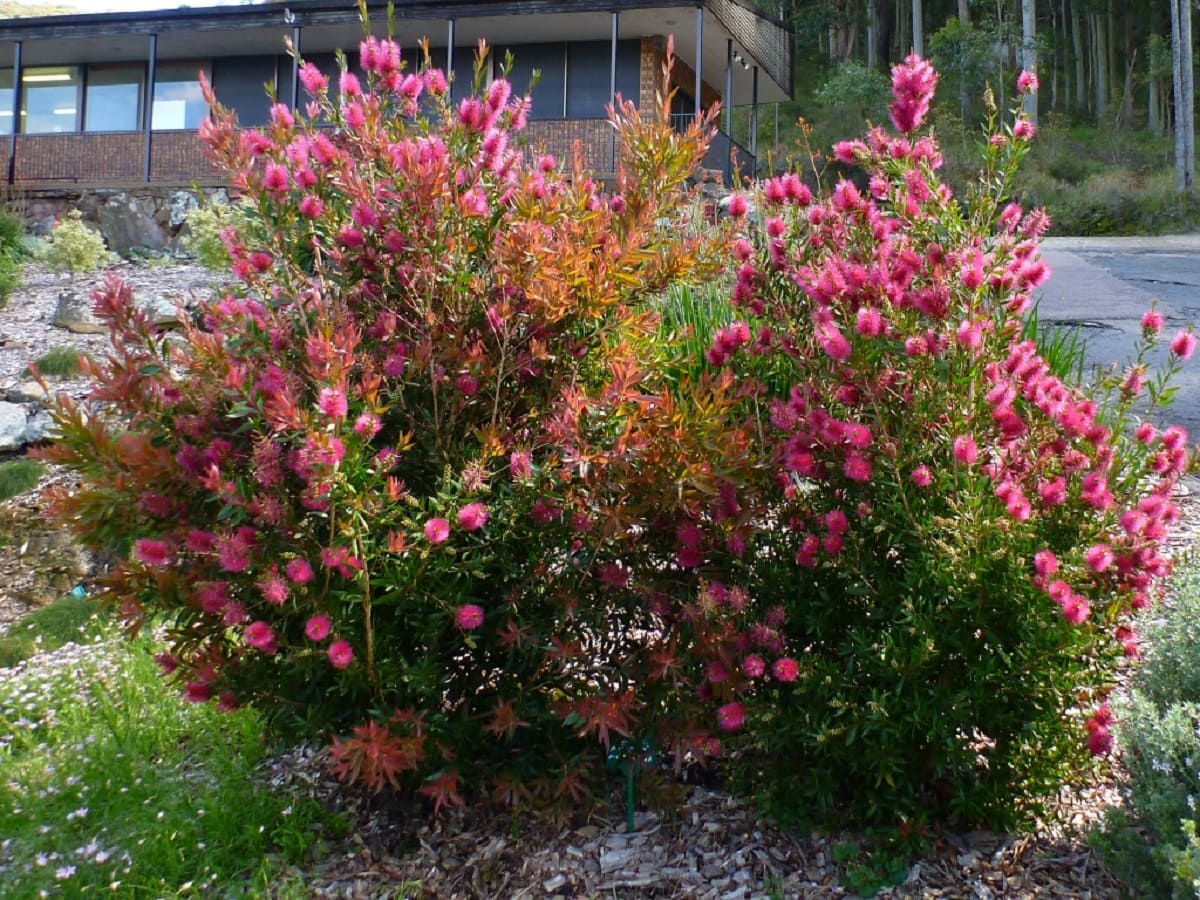

0 thoughts on “How Many Michigan Native Plant Species Are Found In Michigan Wetlands?”